The Awassi sheep is a breed of domestic sheep which was originated in the Syro-Arabian desert. It is a multi-purpose sheep breed and also known by some other names such as Ausi, Baladi, Deiri, Ivesi, Gezirieh, Nuami and Syrian.
It was actually developed as a nomadic sheep breed through centuries of natural and selective breeding for becoming the highest milk producing breed in the Middle East.
The Awassi sheep breed is of the Near Eastern Fat-tailed type, and the most numerous and widespread breed of sheep in south-west Asia.
The breed is the dominant type in Iraq, the most important sheep in the Syrian Arab Republic and the only indigenous breed of sheep in Israel, Jordan and Lebanon. The breed is raised or bred under desert conditions in the north of the Kingdom of Saudi Arabia.
The Awassi sheep breed makes up only one percent of the ovine population in Turkey (it’s breeding area is situated in southern Anatolia in a border strip along the main range habitat of the breed in the Syrian Arab Republic). However, read some more information about this sheep breed below.
Awassi Sheep Characteristics
The Awassi sheep are beautiful animals with striking appearance. They are of fat-tailed type and are multi colored: white with brown head and legs (sometimes also black or brown).
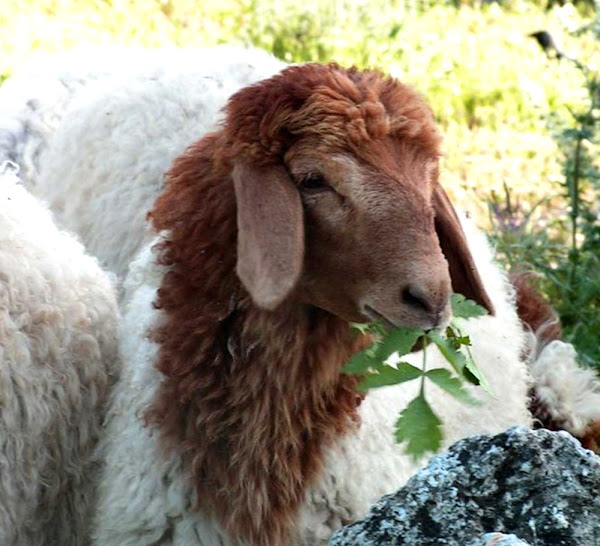
They have long and drooping ears. Their head is long and narrow with a convex profile. The rams are horned, and their horns are long and spiraled. While the ewes are generally polled.
Average body height of the mature rams is around 68 to 80 cm at the withers, and around 65 to 70 cm for the ewes. The rams on average weight around 60 to 90 kg. And average live body weight of the mature ewes is between 30 and 50 kg. [1]
Uses
The Awassi sheep are multi-purpose animals. They are used for milk, meat and wool production.
Special Notes
The Awassi sheep are extremely hardy animals, and they are well adapted over centuries of use to nomadic and more sedentary rural management.
This breed is the natural or basic breed of sheep for production in these areas and a logical choice as the native or basic breed for any genetic improvement because of its apparent adaptation.
The Awassi sheep are used for many different purposes such as meat, milk and wool. But they are raised primarily for milk production. They have unique physiological characteristics such as resistance to parasites and many diseases.
They can walk long distances over pastures for grazing. They can even tolerate extreme temperatures and enduring adverse feeding conditions. The Awassi sheep are actually adapted to many different environmental conditions and also perform well in it’s native habitat.

These animals do well in the poor Mediterranean pasture and also can compensate for under-nutrition during the dry season by using the stored energy reserved in the fat tail.
The Awassi ewes have a high mothering ability. They can produce milk highly under harsh conditions.
And due to this ability, the rams are often used as a sire-breed for improving milk production of many indigenous Asiatic and African sheep breeds. However, review full breed profile of the Awassi sheep in the following chart.
| Breed Name | Awassi |
| Other Names | Ausi, Baladi, Deiri, Ivesi, Gezirieh, Nuami and Syrian |
| Breed Purpose | Meat, milk and wool |
| Special Notes | Extremely hardy animals, well adapted to different climates, very good for meat, milk and wool production, but raised mainly for milk production, noted for resistance to parasites and many diseases, can walk long distance over pastures for grazing, excellent grazers, can tolerate extreme temperatures, can do well in adverse feeding conditions, the ewes are excellent mothers, the rams are often used as a sire-breed |
| Breed Size | Large |
| Weight | Mature ram’s average live body weight is between 60 and 90 kg, and the mature ram’s average live body weight vary from 30 to 50 kg. |
| Horns | Rams are horned, but the ewes are generally polled |
| Climate Tolerance | Almost all climates |
| Color | White with brown head and legs (sometimes also black or brown) |
| Rarity | Common |
| Country/Place of Origin | Saudi Arabia, Jordan, Iraq , Syria, Lebanon, Israel, Palestine, Egypt |



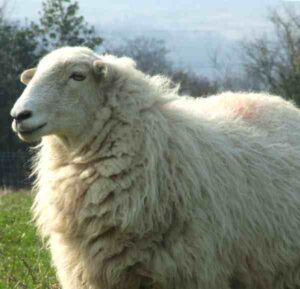
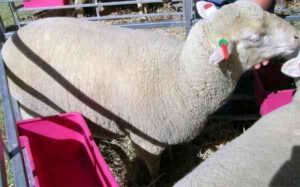
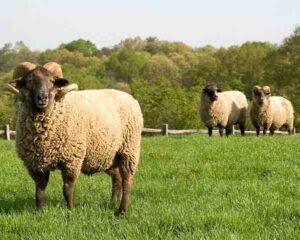
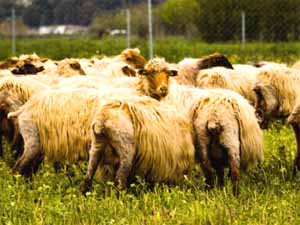
Is there any person, association or organization that can offer me help to have the Awassi sheep breed.
Tani, there is Awassi semen imported and also an association started for registering them.